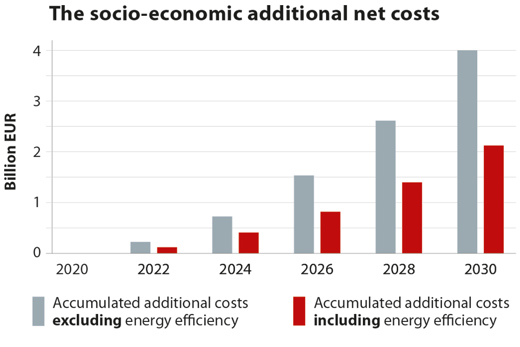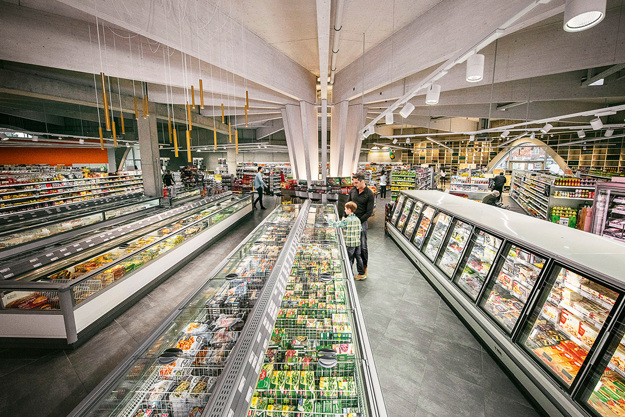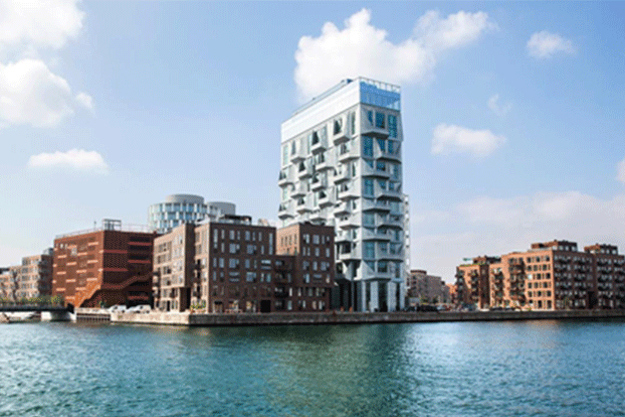Denmark has set an ambitious and important goal, namely a 70 percent reduction in greenhouse gases by 2030 compared to 1990 levels.
In order to achieve this goal it is essential that we invest in the right tools, including energy efficiency, sector coupling and sustainable energy. Investments in energy efficiency and sector coupling are the quickest and cheapest way of reducing greenhouse gas emissions. At the same time, investing in energy efficiency means less investment in grid connections, the expansion of the electricity grid and energy storage, and energy is freed up for the sector coupling and power-to-X technology that is necessary to reach the green transition target.

In a new analysis, Ea Energy Analyses concludes that:
Pre-existing technologies can contribute towards a total of 66 percent of greenhouse gas reductions within a realistic cost target. The remaining 4 percent are expected to be achieved through technology development and innovation in the energy system.
By 2030 the socio-economic additional net costs are almost halved, from DKK 30 billion (EUR 4 billion) to DKK 16 billion (EUR 2.15 billion), through investments in energy efficiency.
The socio-economic gain of investing in energy efficiency comprises lower energy costs, including saving on the costs of grid connection, expanding the electricity grid and developing electricity storage. In addition, it would lead to a growth in exports of Danish technology and services, which contributes to the creation of sustainable jobs and provides greater tax revenues for the state.

The biggest energy efficiency gains are found in buildings and industry, where emissions can be reduced by 2 million tonnes of CO2 in 2030, corresponding to 16 percent of the 70 percent goal.
The biggest contribution to the 70 percent goal comes from an implementation of sector coupling technology. Sector coupling will reduce greenhouse gas emissions by 5.6 million tonnes of CO2 in 2030, corresponding to 44 percent of the necessary reduction in order to live up to the 70 percent goal.
Heat pumps for both heating supply and in industry are the biggest contributors with a reduction of 2.2 million tonnes of CO2, while initiatives to electrify the transport sector (excluding electrofuels) provide a reduction of 1.5 million tonnes of CO2.

Investing in energy efficiency is the cheapest solution
The cheapest socio-economic solution for achieving a 66 percent reduction would result in necessary investments corresponding to DKK 175 billion (EUR 23.4 billion) for electrification and sector coupling initiatives, energy efficiency and the production of renewable energy. Of this, DKK 23 billion (EUR 3 billion) would be investments in energy efficiency.
If investments are not made in energy efficiency, the total additional investments required to achieve a 66 percent reduction (solely through renewable energy, electrification and sector coupling) increase to around DKK 207 billion (EUR 27.7 billion).
Solutions, studies and articles





